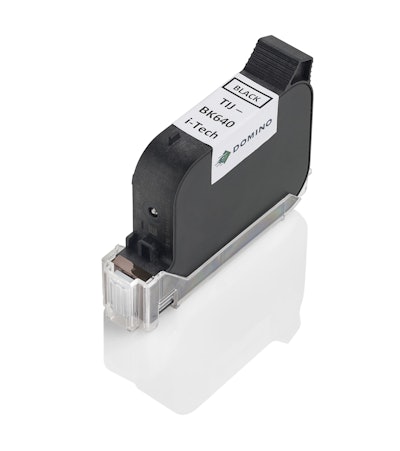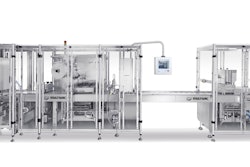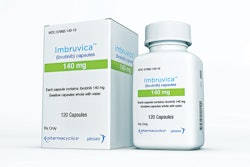Track and trace has been causing confusion since the California e-Pedigree days. What information should be printed? What print quality grades are acceptable? Who holds all the data, and is it centrally stored? Most of the questions are open-ended, leading to discussion, and to opinion; rarely is the solution black and white. When it comes to printing a unit-level serialized code, however, the options are simple: laser, ink or ribbon. That’s it.
With inkjet printing, the choices can be narrowed even further. With a “B” grade or better being the desired outcome, Continuous Inkjet (CIJ) printers are ruled out quickly based on the low-resolution nature of the technology. “B” grades can be achieved with some printers, but is the print quality repeatable enough to be a solution for pharmaceutical production?
TIJ: A History
Enter Thermal Inkjet (TIJ). TIJ is an 80s-era concept that was developed by Canon and HP. In industrial applications, the high-resolution nature of the print cartridges (up to 600 x 600 dpi) was appealing to life science companies looking to print 2D codes with high grading capabilities. The old had become new again. Several small pioneering companies were purchased by global companies that developed them into multinational brands. Copycats sprung up soon after to take advantage of a boom in need for this technology. After all, the idea was simple enough—use an electrical charge to heat a resistor, eject a droplet, and high-resolution coding and serialization compliance was achieved. Simple!
Only it wasn’t so simple. The idea behind the technology was easy enough, but the functionality of the inks, which were limited to water and ethanol to begin with, left companies struggling with their decisions. With HP—which ended up owning the technology—resistant to hand out licenses to create and fill the TIJ ink cartridges, most folks got a WYSIWG (what you see is what you get) for their ink. There was no incentive to develop different inks.
Inks need to be designed specifically for the substrate and application requirements. It’s critical to keep in mind three important factors—darkness of ink, lightfastness, and decap time (time exposed to air) that could be addressed internally without having to petition someone else to do the work for them. But what do those things mean and why are they important?
Darkness of Ink. One of the criteria for successful 2D grading is contrast: the difference in color of the ink to the substrate. When grading the Datamatrix code in track-and-trace applications, a low grade in contrast will mean a low grade in the overall code and ultimately a rejection.
The assumption is to put down more ink. However, when dealing with non-porous inks, that method increases dry time dramatically, putting smearing at risk. In porous applications, that idea leads to bleeding and portions of the 2D out of place. The true solution is a better ink.
Decap time. The enemy of thermal inkjet is air and dryness. Exposure to air, and drying out nozzles is the fastest way to poor code, or difficulty at startup. Nozzles in TIJ cartridges need to be kept soluble, but it’s easy to forget to recap the cartridges. In that case the decap time—or time the nozzles are exposed to air—is of the utmost importance.
Lightfastness. This describes a dye or pigments’ ability to fade when exposed to light. Lightfastness testing is done to simulate UV and solar radiation to determine how an ink or a dye will hold up during extended exposure to light.
Stability of the 2D and human-readable code is important in the life cycle of the product. A code that doesn’t grade or remain readable past the expiration date of the product is useless. The ink needs to be robust to remain lightfast, with the typical industry standard at two years—minimum.
Guidelines change, however. Currently, the EU FMD requires that the barcode be readable for one year after expiration or five years minimum, whichever is longer. It isn’t enough to be the minimum.
As we learned last year in the three-part Exploring the Hidden Challenges of Serialization series of articles on material sciences, composition of substrates can play a role in how laser codes mark cartons. The same is true for how ink reacts when printed on cartons.
Knowing that not all cartons are created consistently, or perform the same, Domino performed testing with Smithers Pira to evaluate 11 different manufacturers, and 26 different carton types, confirming consistently readable print results.
TIJ coding isn’t new, and therefore the development and advancement of the tecnology is going to have to come from improvements and enhancements to fluids.























